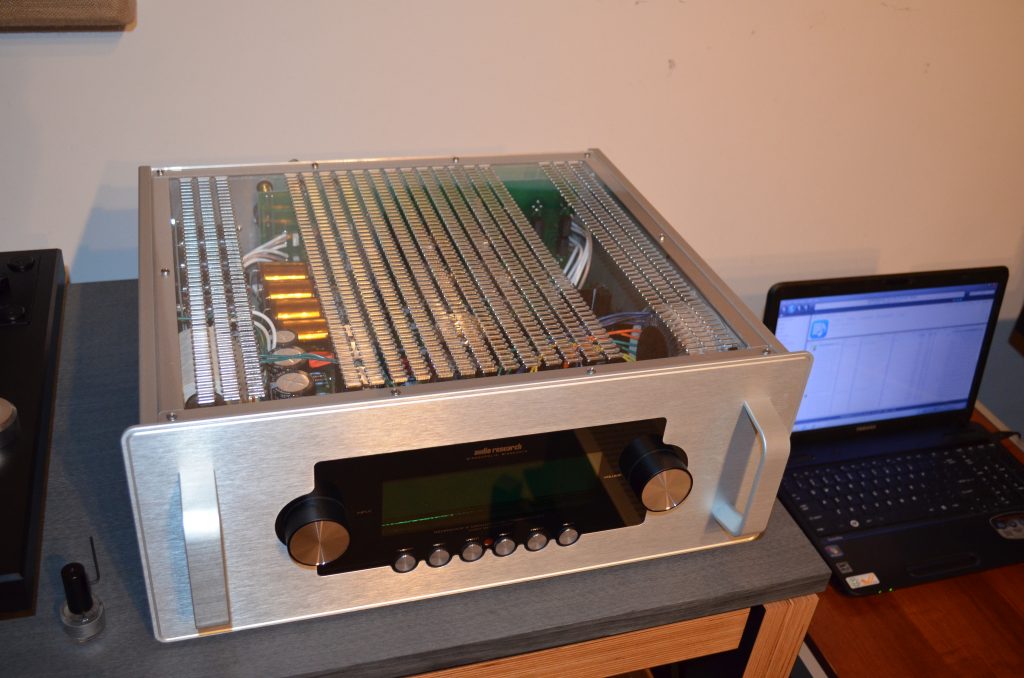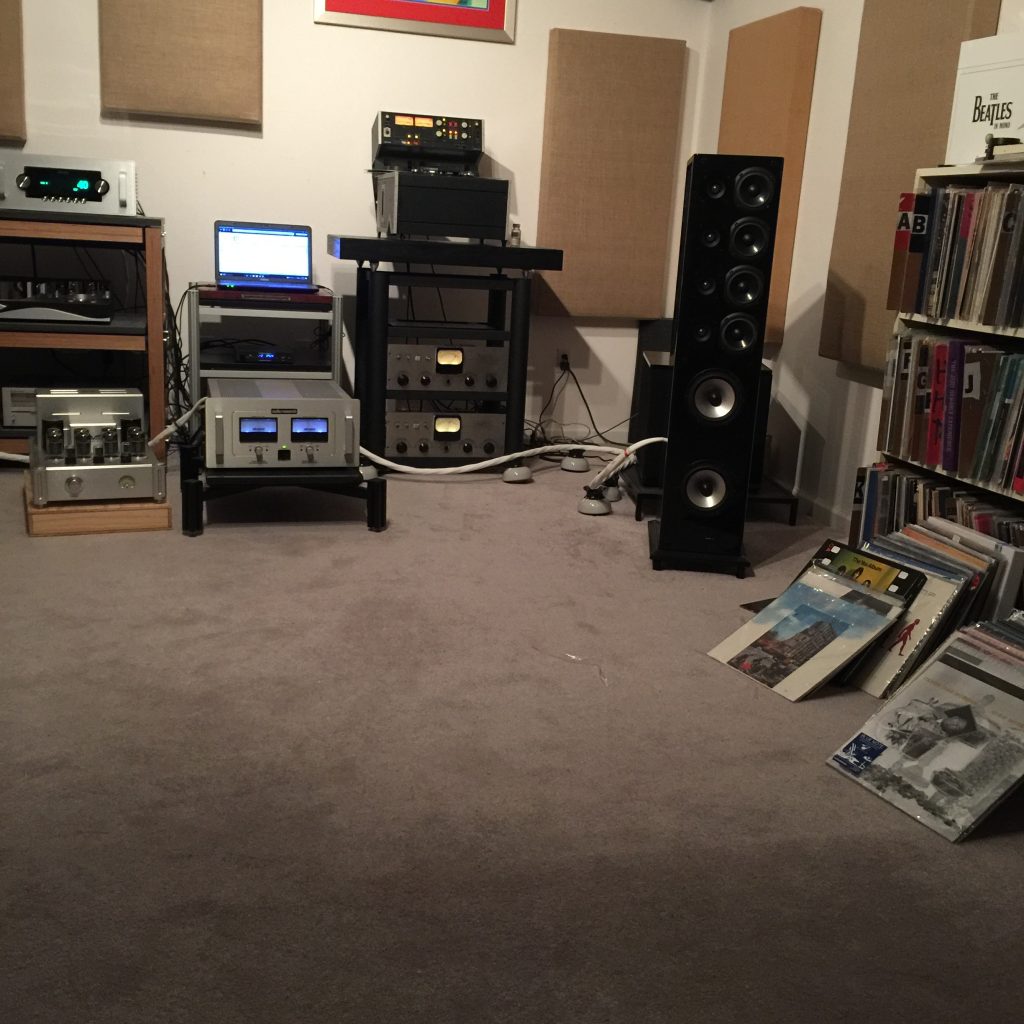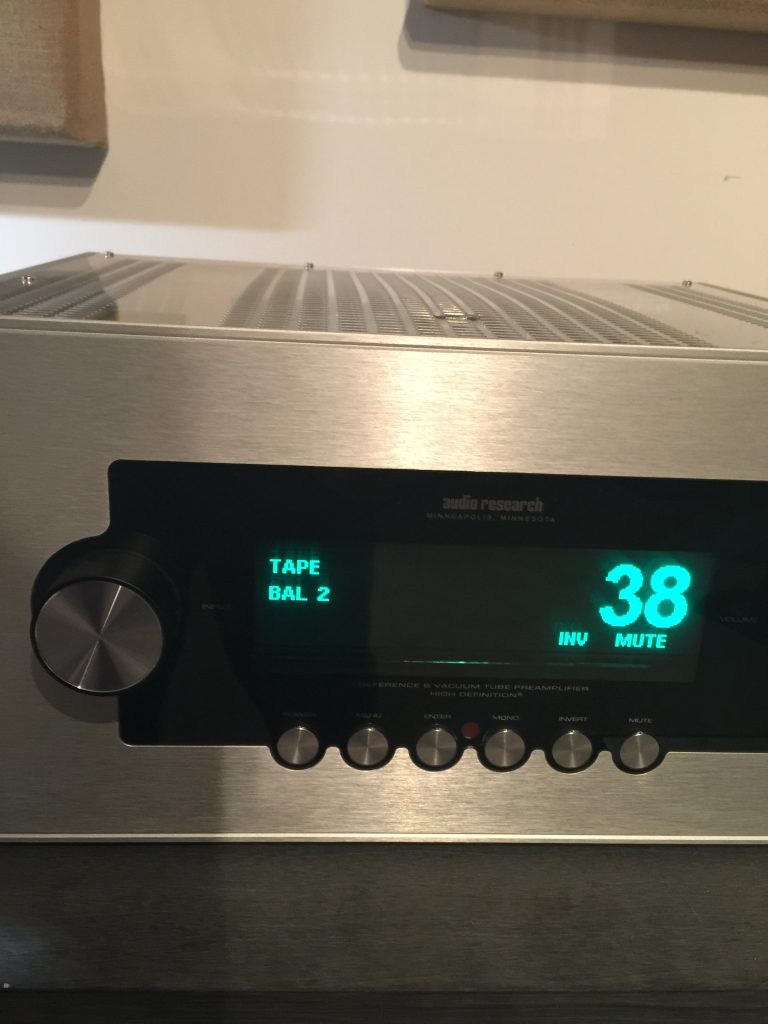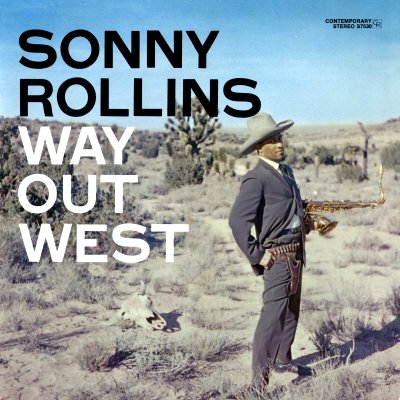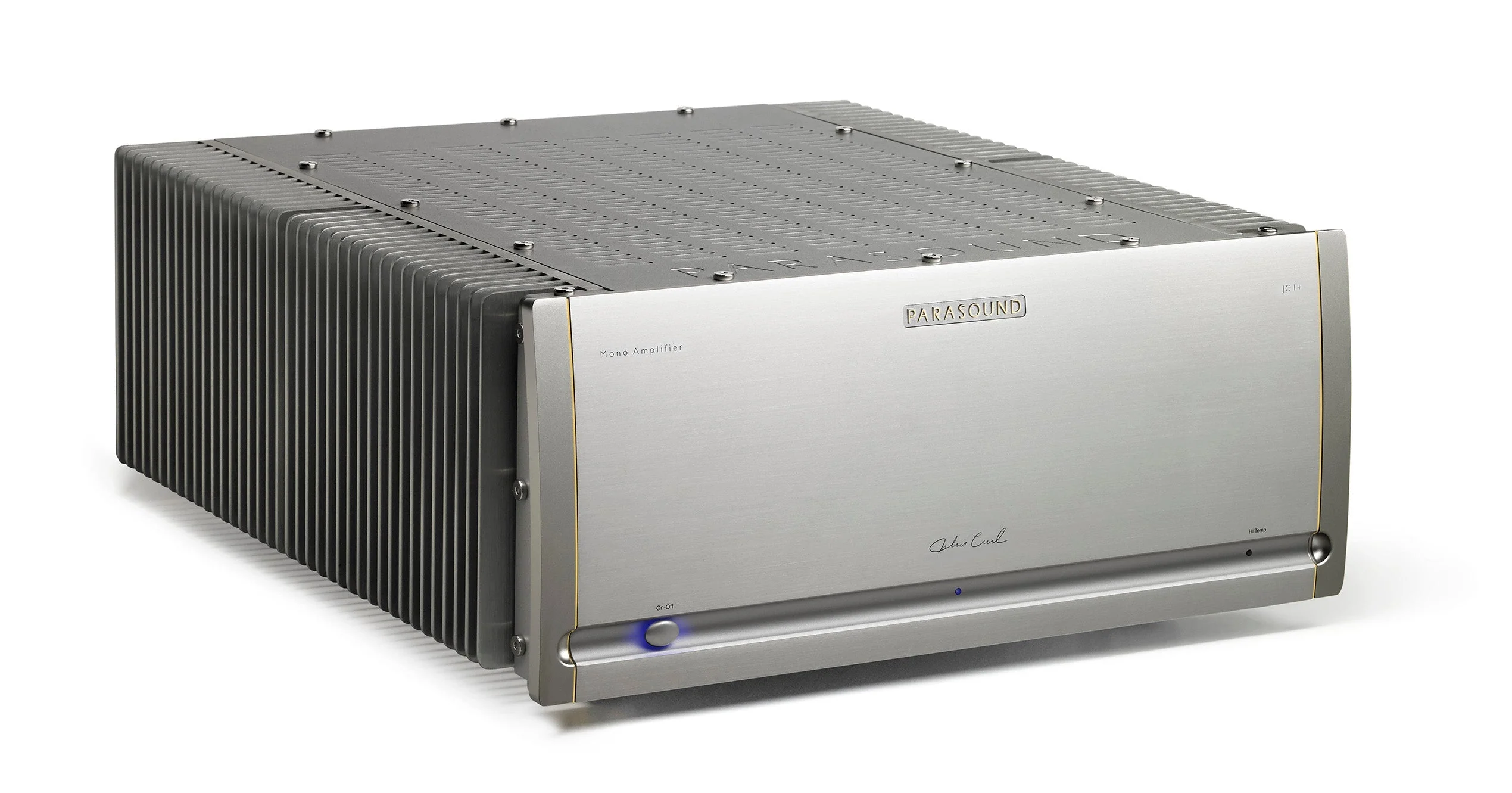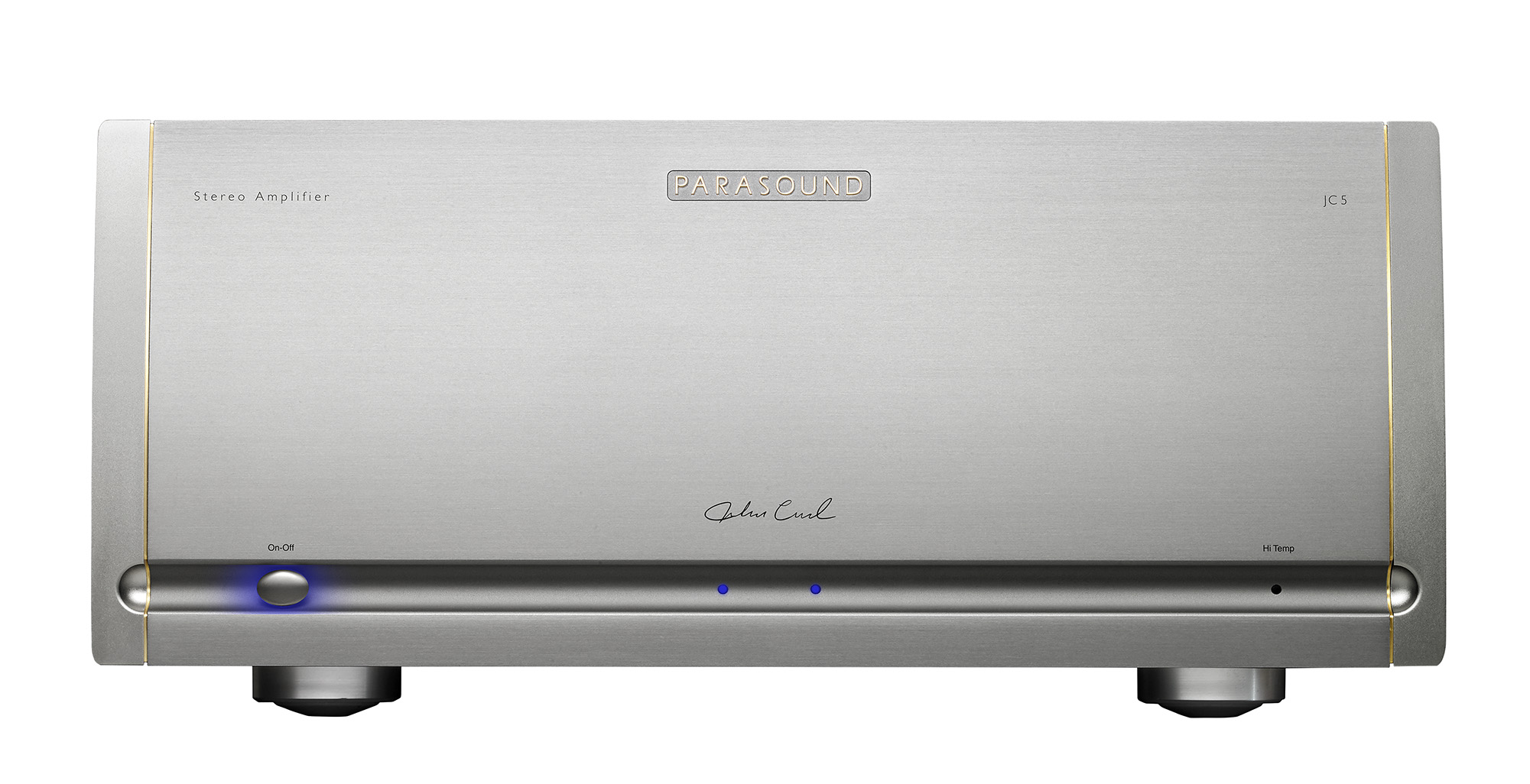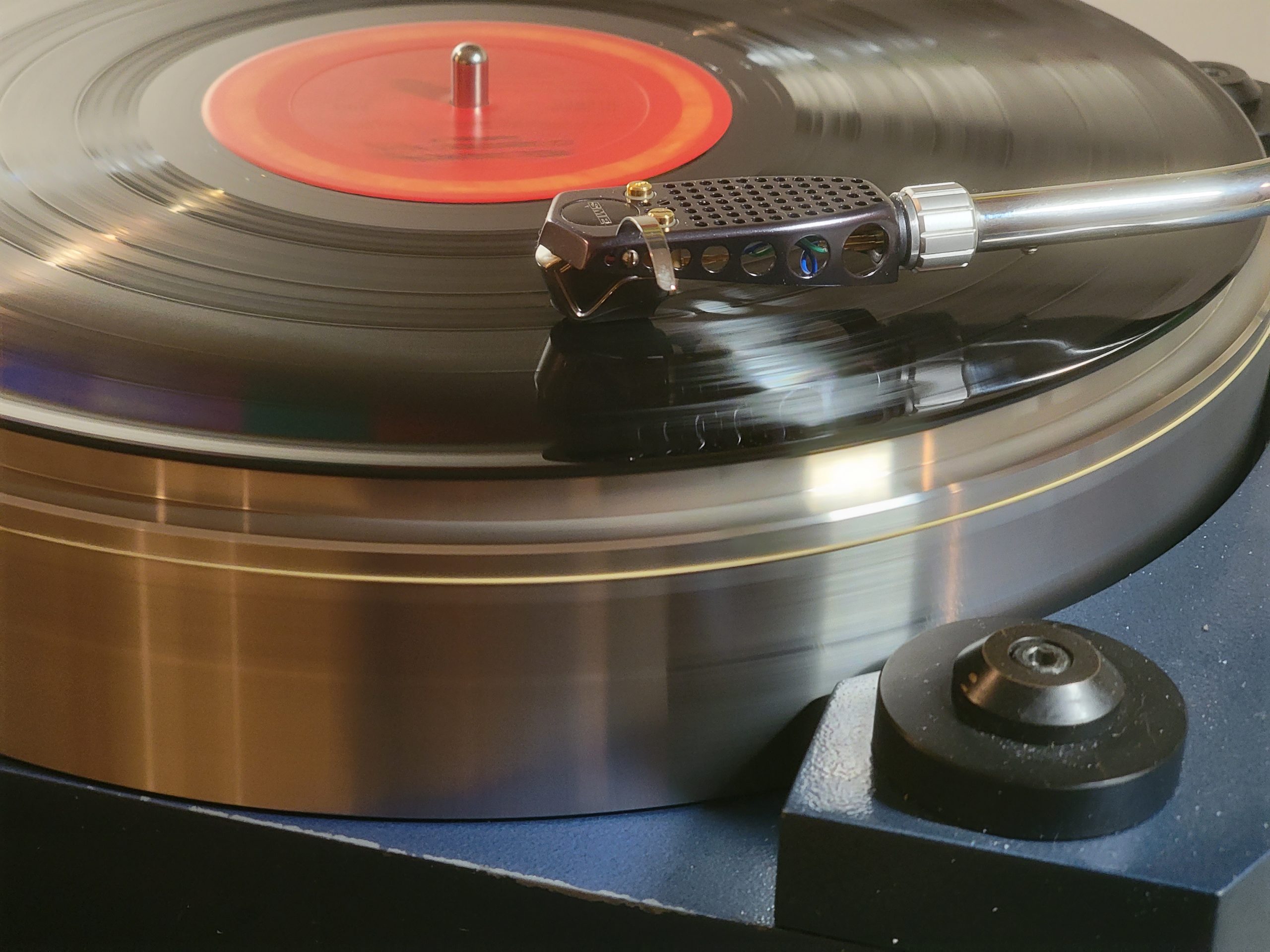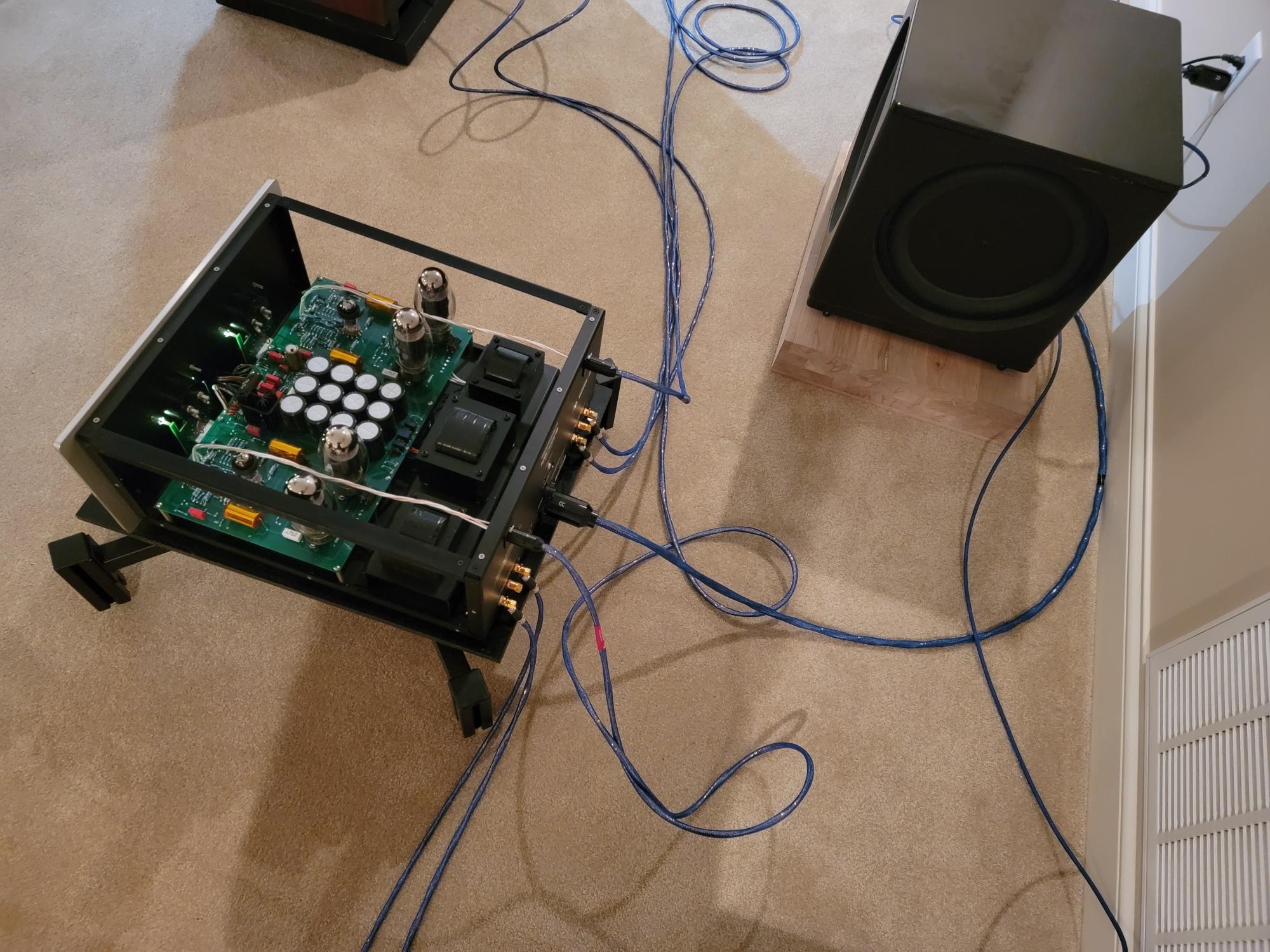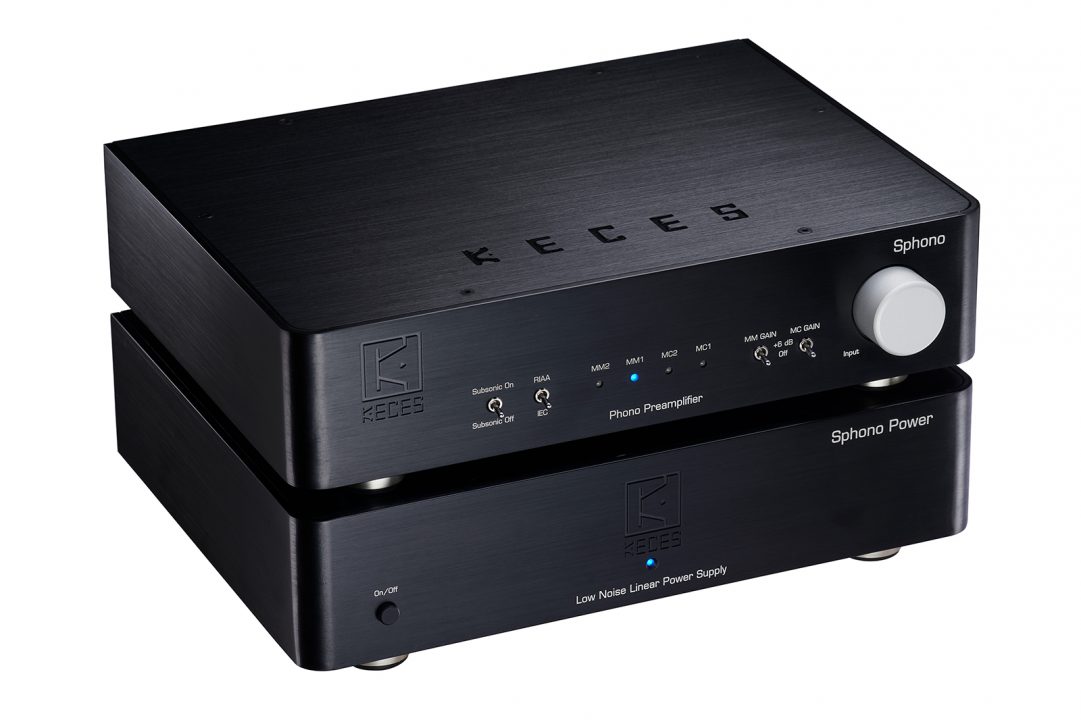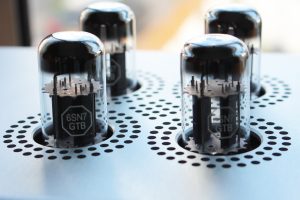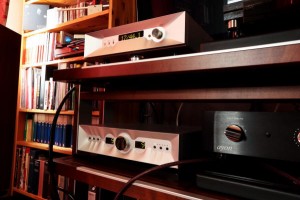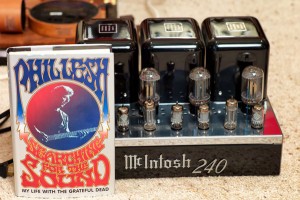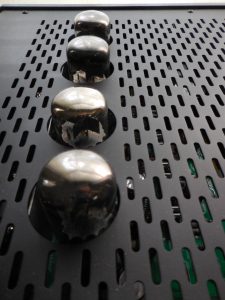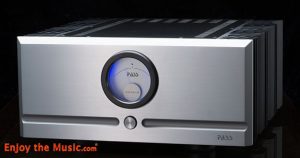I'm overdue to finish what I started with my preliminary review of the Audio Research Ref 6 preamplifier (HERE). I have now spent many pleasurable hours listening to and using the Ref 6 as part of my reference system. Prior to purchasing the Ref 6, I owned the Ref 5SE and enjoyed the almost two years I spent with it in my system. As I alluded to previously, the Ref 6 is simply in a different league both sonically and feature-wise than the Ref 5SE.
I must say that the Ref 6 is a reviewer's dream as a reference tool to work with and listen to. The input flexibility of the Ref 6 allows you to incorporate both balanced and unbalanced sources which is certainly important to me both as a reviewer and a listener. The fact that the Ref 6 allows you to choose from a big menu to name your inputs is cool too. My current reference system consists of the following gear:
Technics SP-10 MKII table, SME 312S arm, PBN custom power supply for the SP-10 MKII, Lyra Etna SL and Dynavector XV-1S cartridges, Zesto Andros 1.2 phono stage, Mytek Stereo 192 DAC, Otari MX-55 2 track tape deck, Ampex 350 repros, ARC Ref 75 amp with KT-150 output tubes, NOLA KO speakers augmented with a pair of Definitive Technology Reference subs. All of my digital gear sits on an Audio Vault rack while the majority of my other components sit on my SRA Scuttle rack. The Ref 75 sits on an Adona amp stand, and my reel to reel gear sits on a VPI TNT stand that I re-purposed.
My reference system consists of both balanced and unbalanced sources. Because of the versatility of the Ref 6, I am able to run all of my balanced sources as well as the unbalanced sources correctly without any gender changing hardware adapters. With the Mytek Stereo 192, you have the option of running the output in either balanced or unbalanced mode. I choose to use balanced. My tape deck and Ampex 350 repros are balanced. My table is unbalanced. I named by Balanced 1 input "Server" because my laptop running JRiver is my server that connects to my Mytek Stereo 192 which is plugged in via XLR cables into the Balanced 1 input. My Balanced 2 input is named "Tape" as my Otari MX-55 via the Ampex 350s is plugged into it via XLR cables. Of course my SE 1 input is labeled "Phono" and my Andros 1.2 is connected there.
The display has 3 different levels of brightness or it can be turned off. Even though there are people who swear that all components that have displays sound best when the display is turned off, I leave my display on because I find it necessary and I don't hear any degradation to the sound. Another old wives' tale is that the Ref 6 has to burn in for 600 hours. Until then, it will not sound very good and you might as well just let it burn up 600 hours of tube life without listening to it until it's burned in. This is so not true. The Ref 6 sounded nothing but great stone cold out of the box when I first unpacked it and I dare say there was no magic transformation as the hours racked up on it. There were subtle improvements over the first several hundred hours of use, but no night and day differences as the Ref 6 hit any milestone number of hours. I briefly talked to Dave Gordon from ARC about this at RMAF 2016 and Dave told me that they needed to stop putting that label in the box that says the gear will require 600 hours of break-in time because it's simply not true. Now maybe if I had left my display turned off, I would have heard a far greater difference in sound as the Ref 6 broke in…
The Ref 6 is packed with other great features and they are all accessible via the heavy metal remote. You can switch from stereo to mono, you can invert the phase, you can adjust the channel balance, you can turn the display up down or off and of course you can adjust the volume up and down. You can also mute the Ref 6 from the volume. The remote is also the tool you will use to name your inputs and to set levels for each of your inputs if you so choose.
When we sit down in our listening chairs, we are listening to a combination of our systems and our rooms and how all of the components in that system interact vice segregating an individual component and only hearing that. It's really impossible to totally divorce the sound of a component from the system and room it's used in, but as reviewers we certainly have to try. I can tell you that the Ref 6 is a very neutral sounding component to my ears and it will quickly tell you the differences between other components you install in your system because it doesn't have heavy-handed sonic thumbprints on the music as it passes through. Again, the Ref 6 is a reviewer's dream to use and listen through.
So how does the Ref 6 sound? It sounds like the source components you are feeding through it. I still really like the sound of my Mytek Stereo 192 playing DSD files, but it took no time at all to hear how much better the PS Audio Direct Stream Junior (DSJ) DAC sounded when I reviewed it for Positive Feedback not so long ago (you can read that HERE). Bigger soundstage, better bass, vocals are more pure, and all instruments have increased realism to their sound. The DSJ was simply better sounding from top to bottom and the Ref 6 simply stepped out of the way and let the differences between the sources shine through. The Ref 6 does the same for tables, arms, and cartridges too.
The current edition of PF (March 2017) has the first installment of my review of the VPI Avenger table (HERE). The difference between the sound of the Avenger vice my reference analog rig couldn't be starker or stand out in more relief. I recommend you read Part 1 of my review of the Avenger so you can gain an appreciation for how good the table and arm are, and how different all three cartridges that I have installed in the VPI arm sound with the Avenger. This is further testament to the neutrality of the Ref 6 and how it steps out of the way and lets the source components reveal themselves.
I guess this is leading up to me telling you that I doubt I have gotten to the bottom of what the Ref 6 is capable of because I think the limitations are source imposed. As you increase the quality of your sources, you will increase the apparent sound quality of the Ref 6. The reality is that as you increase the quality of your sources, you are revealing the true capabilities of the Ref 6 that may have remained hidden with lesser sources. The bass of the Ref 6 is as deep as your source components will let it go. The soundstage is as deep, wide, and tall as your source components will let it be. The bass definition, the sound of voices, pianos, guitars, horns and their brass bite, the upper octave extension, it's all dependent on your sources and of course your speakers.
I can tell you that there was information both small and large in impact that remained out of my reach with LPs until I installed the Avenger into my system for review. The Ref 6 quickly let me know it was there and I'm still wrapping my head around the big differences I am hearing in sound quality from top to bottom with the Avenger and my new Lyra Etna SL cartridge played through the Andros 1.2 and the Ref 6. I have played my copy of Sonny Rollins Way Out West (Analog Productions APJ 008) a zillion times and have told lots of people how great I think this recording is both for the music and the sound quality. The fact that this was recorded in 1957 should be humbling to those who twiddle 1,000 knobs and 400 effects boxes trying to make some manufactured "star" sound like they can sing. The third cut on Side 1 is "Come, Gone" and there is a drum solo by Shelly Manne that has always sounded great over the years, but I didn't know how great until the Avenger came along and the Ref 6 opened up to let all of the information I'm now pulling out of the grooves come through. The drums and cymbals sound so real with so much dynamic impact, the overall sound of each drum and cymbal and the dynamics that are crushing just makes you shake your head as you hear it. Is this really possible? Does my system really sound this good? It's almost breathtaking and I'm not trying to overstate this.
A few other things about the Ref 6 are worth mentioning. Let's talk about how quiet the Ref 6 is because it is quiet. How about silent switching between inputs, reliable as a rock, all the inputs you could reasonably hope for, truly balanced design and it has the built in tube hour meter which helps keep any OCD tendencies about vacuum tubes in check? I don't know how much more we could ask for unless there was a button on the Ref 6 remote I could push and a beer would magically show up.
If you want to know how good the Ref 6 really sounds, you have to ask yourself how good the rest of your system and your room sounds. I seriously doubt the Ref 6 will be the weak link in many chains. I know in this hobby that there is always "better" out there and I also know it comes at a dear price. I can tell you that I'm happy to own the Ref 6 and I'm very happy it is a big part of my reference system. Hats off to ARC for bringing the Ref 6 to market with all of the stunning improvements over the already really good Ref 5SE for only a $1000 price increase.
Audio Research




